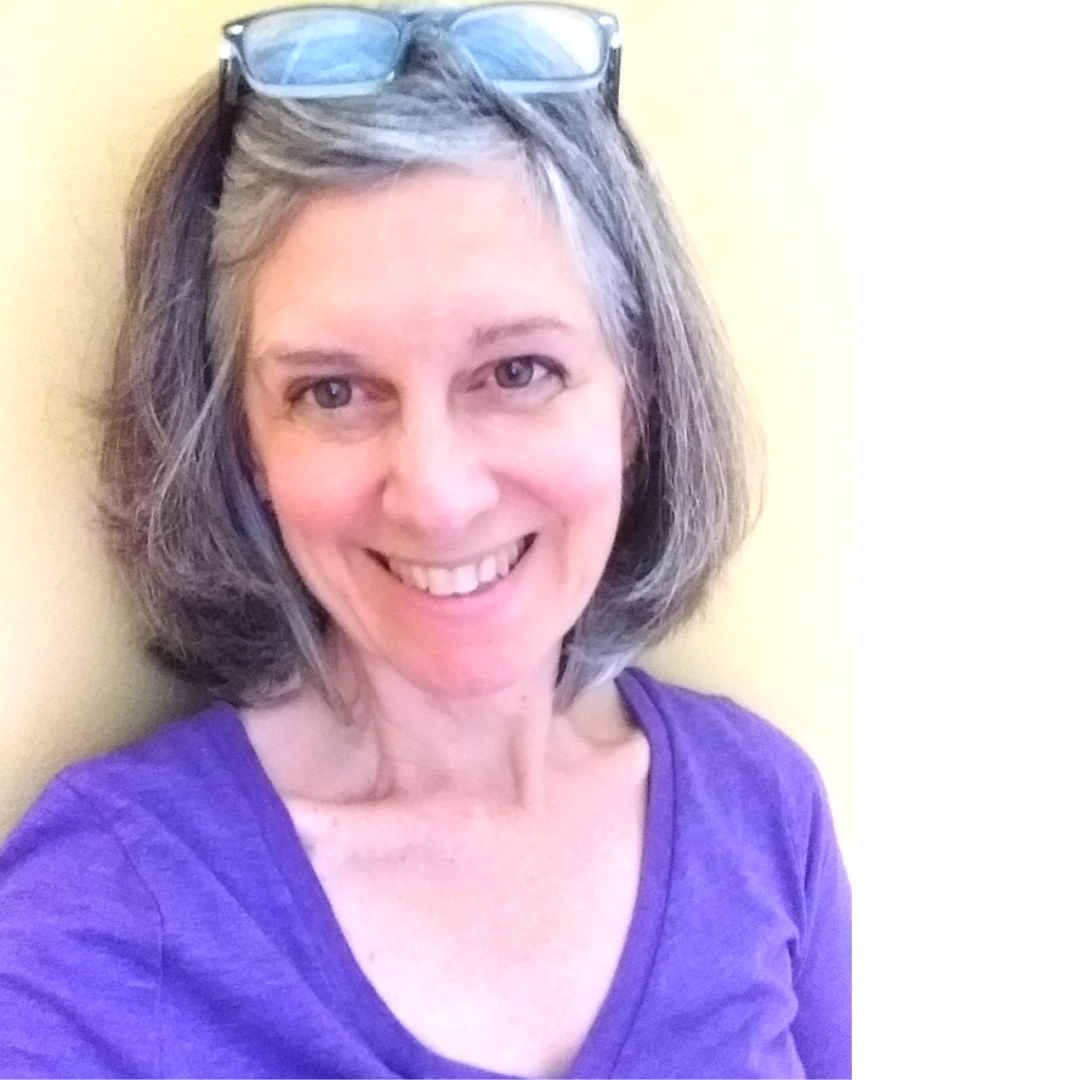We all know how important it is to get enough rest. Not just sleep, which can be restful or fitful, but a deep restoration that comes from releasing tensions, worries, and concerns. Is there a process for learning how to rest that deeply?
Without rest, I find myself restless. A kind of low-grade buzz or anxiety creeps in, telling me the world is too overwhelming a place for me to find peace. The harshest news stories can capture my attention.
At that moment, I must remember that I’m in charge of my mental and emotional state. I need to turn off input, let go of chaos, fear or aggression and invite calm, quiet and rest.
Here’s a three-step process I found effective in reaching a deeper restful state. I’d love to hear what works for you.
One: Preparing for Rest
Many of us seem to need permission to rest. Isn’t that shocking? Maybe we feel irresponsible taking time to rejuvenate. A friend living abroad once reflected on American culture. He said it’s like living in perpetual springtime where new things always have to be breaking ground. Right?
For me, preparing for rest is essential. I can gear up as fast as a Porsche, but slowing down is much more challenging. I have to consciously choose to gear down.
Now, I drive a standard transmission car. So as an exercise when sitting or lying down to rest, I close my eyes and picture myself downshifting. I feel the car slow to a crawl. This quiets my revved up internal engine in preparation for rest or sleep.
Certain low-key activities serve a similar purpose, downshifting me from high activity to quietude. Cooking decelerates me because I double the estimated time recommended for any recipe.
Curiously, my husband gears down watching well made action TV shows (with aliens, of course). He tolerates fight scenes that cause my muscles to grip.
This preparation step simply acknowledges the need for a transition time from high to low rhythm. We each have our way to begin.
Two: Sliding Deeper into Rest
Once we’ve begun to slow our pace, sliding into rest may require a willingness to let tensions go.
As an example, Yin yoga requires longer duration in each pose. The final corpse pose (yeah, great name) suggests a heaviness, a sinking into the support from the floor. [My favorite online yin yoga teacher is Brittany Timberlake of Timberlake Yoga]
Another way to slide deeper is through music. Humans are very susceptible and sensitive to sound. The backtrack playing inside an army tank is just as effective to the goal of destruction as a lullaby is to the intention of sleep. We need only explore a bit to find the sound that relaxes us.
As a kid at camp, I sang my bunkmates to sleep. I learned guitar at a young age to bring peace to a warlike environment. Chanting is a common spiritual practice to induce a restful state because external sounds are powerful in shifting our rhythm.
Would you like to experiment with these techniques or explore your own? Alternatively, you could live in a hammock. 😄
Three: The Profound Restful State
For those who crave the deepest dive, surrender into silence brings a whole new level of rest. I find this practice requires trust. What starts as silence becomes a tuning-in to my own internal music.
To reach this next level, I start by experiencing my thoughts as ocean waves that start out fierce and choppy. Gradually, as I watch the waves, I allow them to calm. Not by force, but by invitation.
Then, I gently listen for internal sounds. I often hear a buzzing like a high electrical wire, or music like a flute or woodwinds. I’m sure we’re unique in what we perceive when in this deeper place.
No matter what, I awaken profoundly refreshed.
Sustainable Living Through Rest
Learning how to rest is vital for sustainability in our times. Allowing for a gradual shift, like from bold color to pastel, may help us relax into the process. Then, we can slide more deeply by degrees into profound states of inner sound and silence. I’m ready for a nap just writing this.😄
If you’re inspired by reading these steps, please share with others. You may want to ask how they find rest. And if you’d like, leave comment below.








